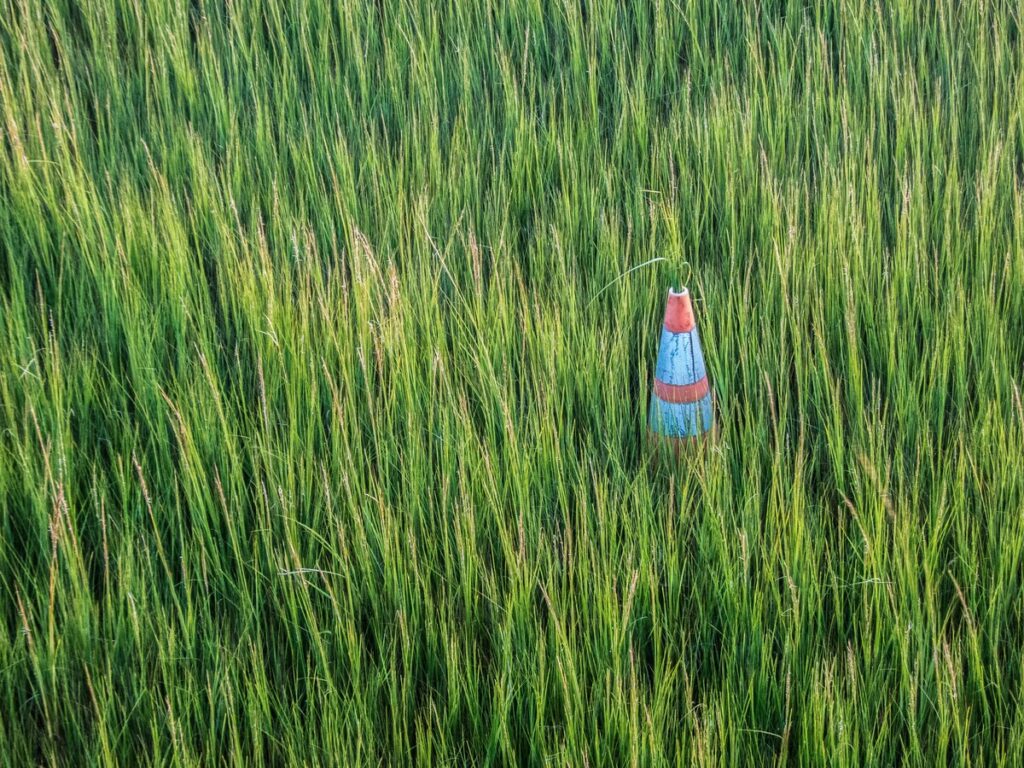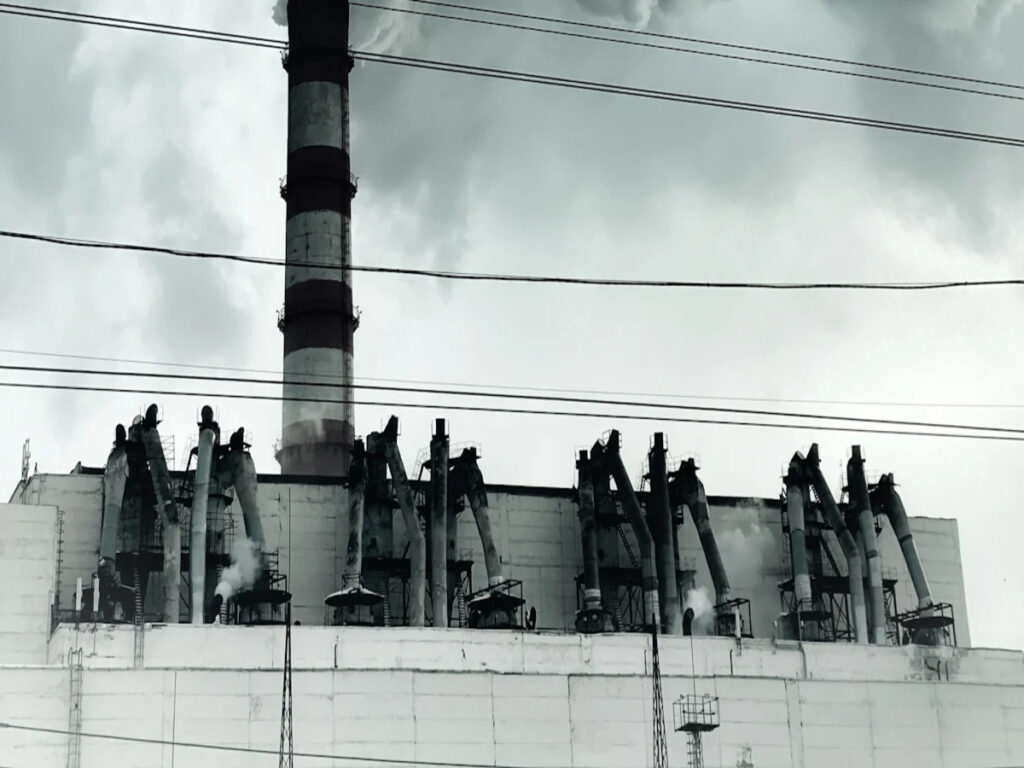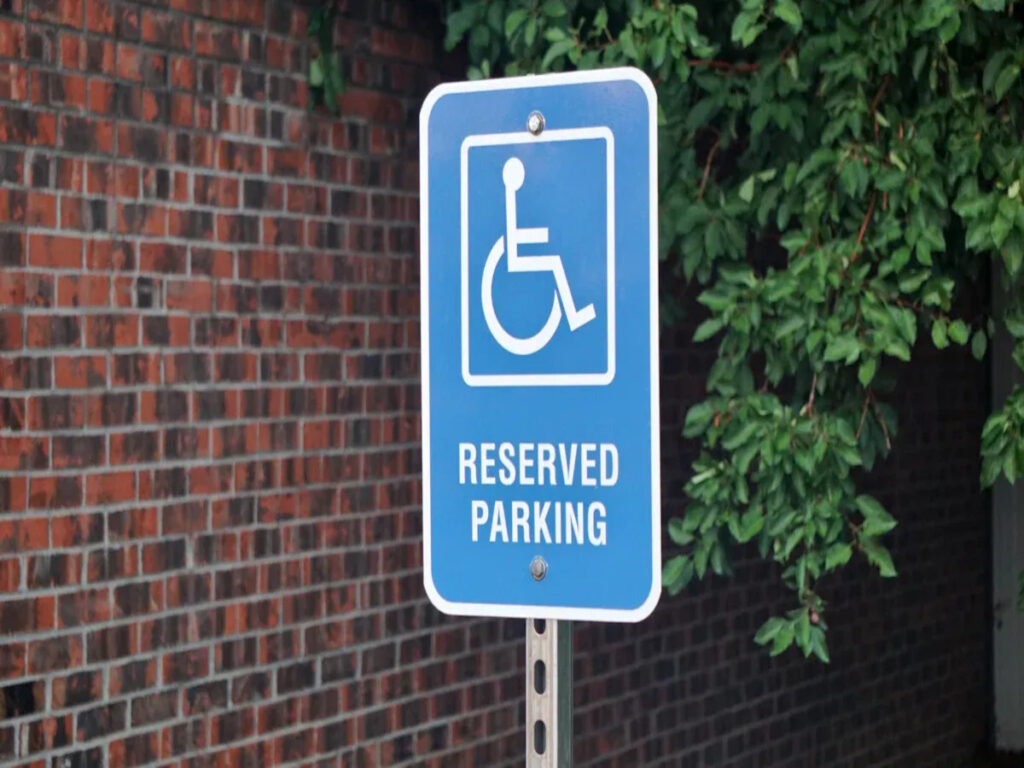
Stricter environmental policies are transforming industries worldwide, and the traffic cone sector is no exception. You now see manufacturers adopting eco-friendly materials like high-strength polypropylene, which combines durability with recyclability. This shift reduces waste and aligns with global sustainability goals. Recent innovations have even introduced green traffic cones made from recycled plastics, offering a solution that minimizes landfill contributions. Governments are also enforcing stricter safety and environmental standards, pushing companies to innovate while addressing road safety needs. These changes highlight the growing demand for sustainable practices in everyday products.
Understanding Environmental Regulation in the Traffic Cone Industry
Environmental regulation plays a critical role in shaping industries worldwide, including the traffic cone sector. These policies aim to reduce environmental harm while encouraging industries to adopt greener practices. By understanding the global framework of these regulations, you can see how they influence manufacturing processes and drive green innovation.
Key Global Environmental Policies
Governments across the globe have implemented environmental regulation to address pressing issues like pollution, waste management, and resource depletion. These policies set clear guidelines for industries to follow, ensuring compliance with environmental protection goals. For example:
- The European Green Deal focuses on achieving carbon neutrality by 2050. It emphasizes sustainable development and promotes the use of recyclable materials in manufacturing.
- The Waste Framework Directive in the European Union mandates proper waste management and recycling practices, directly impacting industries like traffic cone production.
- Japan’s Advanced Eco-Laws encourage the use of biodegradable materials and energy-efficient manufacturing techniques to reduce carbon emissions.
These policies push manufacturers to rethink their production methods. In the traffic cone industry, this means adopting green technology innovation, such as using recycled plastics or high-strength polypropylene. Such materials not only meet regulatory standards but also align with global sustainability goals.
The Role of Environmental Regulation in Shaping Manufacturing Practices

Environmental regulation has transformed how traffic cones are produced. Manufacturers now prioritize green development by integrating eco-friendly materials and energy-efficient processes. This shift reduces the environmental footprint of production while meeting the growing demand for sustainable products.
Green investment has become a cornerstone of this transformation. Companies allocate resources to research and development, focusing on green innovation. For instance, some manufacturers have introduced traffic cones made from advanced materials that combine durability with recyclability. These innovations reflect the industry’s commitment to sustainability and environmental protection.
Moreover, government environmental regulation encourages collaboration between manufacturers and policymakers. This partnership fosters the adoption of green technology innovation, ensuring compliance with environmental standards while driving sustainable development. By embracing these changes, the traffic cone industry sets an example for other sectors to follow.
Regional Impacts of Stricter Environmental Regulations
California, USA: Zero Waste Goals and Green Traffic Cone Adoption

California leads the way in implementing strict environmental regulation. The state’s ambitious Zero Waste goals push industries to adopt eco-friendly practices. In the traffic cone industry, this has resulted in the adoption of recyclable materials and innovative production methods. Manufacturers now focus on reducing waste by creating products that align with California’s environmental protection standards.
You can see a growing trend toward green innovation in California. Companies are investing in green technology innovation to produce traffic cones that meet both durability and recyclability requirements. For example, some manufacturers use recycled plastics to create green traffic cones that reduce landfill waste. These cones not only comply with government environmental regulation but also appeal to environmentally conscious consumers.
California’s emphasis on green investment has also encouraged the development of modular and stackable designs. These designs enhance usability while minimizing material usage. By prioritizing sustainable development, California sets an example for other regions to follow in balancing environmental goals with industrial needs.
Australia: Sustainable Manufacturing and Government Incentives

Australia’s focus on sustainability has driven significant changes in the traffic cone industry. The country’s environmental regulation encourages manufacturers to adopt green development practices. You’ll notice that Australian companies increasingly use biodegradable and recyclable materials in their products. This shift reduces the environmental impact of production and disposal processes.
The Australian government supports these efforts through incentives for green investment. These incentives help manufacturers transition to energy-efficient production methods and eco-friendly materials. For instance, some companies have started using composite materials that enhance durability while minimizing waste. This approach aligns with Australia’s commitment to environmental protection and sustainable development.
Australia’s traffic cone industry also benefits from green innovation in recycling. Old traffic cones are shredded, mixed with new materials, and molded into new products. This process not only reduces waste but also promotes the circular economy. By embracing these practices, Australia demonstrates how environmental regulation can drive positive change in manufacturing.
European Union: Pioneering Sustainability in Traffic Cone Production

The European Union (EU) stands at the forefront of environmental regulation. Policies like the European Green Deal and the Waste Framework Directive set high standards for industries, including traffic cone production. These regulations emphasize the use of recyclable materials and proper waste management, ensuring compliance with environmental protection goals.
In the EU, manufacturers prioritize green innovation to meet these stringent requirements. Many companies now produce traffic cones using advanced materials like high-strength polypropylene. This material combines durability with recyclability, reducing the environmental footprint of production. You’ll also find that some manufacturers have introduced green traffic cones made entirely from recycled plastics.
The EU’s focus on green investment has spurred collaboration between policymakers and manufacturers. This partnership fosters the adoption of green technology innovation, ensuring that products meet both regulatory standards and consumer expectations. By leading the way in sustainable development, the EU sets a global benchmark for environmentally responsible manufacturing.
Nordic Countries: Circular Economy and Green Traffic Cones

The Nordic countries, including Sweden, Denmark, Norway, and Finland, have embraced the principles of a circular economy to achieve environmental goals. These nations prioritize reducing waste, reusing materials, and recycling resources. Their strict environmental regulation encourages industries to adopt practices that align with these principles. In the traffic cone industry, this has led to significant advancements in green innovation.
Manufacturers in the Nordic region focus on creating products that minimize environmental impact. They use eco-friendly materials, such as recycled plastics and biodegradable components, to produce traffic cones. This approach reduces pollution and conserves resources. By adopting green technology innovation, these companies meet consumer demand for sustainable products while complying with government environmental regulation.
The Nordic commitment to green development extends beyond materials. Companies invest heavily in green innovation to improve manufacturing processes. For example, energy-efficient production methods reduce carbon emissions and conserve energy. These efforts align with the region’s dedication to environmental protection and sustainability. The result is a growing market for green traffic cones that support sustainable development and circular economy goals.
Germany: Recycling and Eco-Friendly Innovations

Germany stands out as a leader in environmental regulation, with policies that emphasize recycling and waste management. The country’s Extended Producer Responsibility (EPR) framework holds manufacturers accountable for the entire lifecycle of their products. This regulation has driven the traffic cone industry to adopt eco-friendly innovations.
German manufacturers prioritize recycling in their production processes. They use advanced techniques to repurpose old traffic cones into new ones, reducing waste and conserving resources. High-strength polypropylene, a recyclable material, has become a popular choice for traffic cone production. This material combines durability with environmental benefits, making it ideal for meeting both regulatory standards and consumer expectations.
Green investment plays a crucial role in Germany’s approach to sustainable development. Companies allocate resources to research and development, focusing on green technology innovation. These efforts have led to the creation of modular traffic cone designs that enhance usability while minimizing material usage. By embracing green innovation, Germany demonstrates how environmental regulation can drive progress in manufacturing.
Japan: Advanced Eco-Regulations and Biodegradable Materials

Japan’s advanced eco-regulations set a high standard for environmental protection. The country’s policies focus on reducing carbon emissions, minimizing waste, and promoting the use of renewable resources. These regulations have transformed the traffic cone industry, encouraging manufacturers to adopt sustainable practices.
Japanese companies lead the way in using biodegradable materials for traffic cone production. These materials break down naturally, reducing their impact on the environment. Manufacturers also invest in green innovation to develop energy-efficient production methods. These methods lower carbon emissions and conserve energy, aligning with Japan’s environmental goals.
Green investment is a key driver of innovation in Japan. Companies dedicate resources to developing new materials and technologies that meet regulatory requirements. For example, some manufacturers have introduced traffic cones made from plant-based plastics. These products combine durability with environmental benefits, appealing to eco-conscious consumers. By prioritizing green development, Japan sets an example for other nations to follow.
Effects of Environmental Regulation on Traffic Cone Production

Transition to Sustainable Materials
Environmental regulation has driven a significant shift in the materials used for traffic cone production. Traditional cones, often made from plastics that take centuries to decompose, have raised concerns about their environmental impact. You now see manufacturers adopting sustainable alternatives like recycled plastics and biodegradable materials. These materials not only reduce waste but also align with global sustainability goals.
For example, some companies have introduced traffic cones made from high-strength polypropylene. This material combines durability with recyclability, ensuring that cones last longer while minimizing their environmental footprint. Additionally, green traffic cones, crafted from recycled materials, have emerged as a responsible solution for modern traffic management. These innovations reflect the industry’s commitment to environmental protection and sustainable development.
The transition to sustainable materials also supports the principles of a circular economy. Manufacturers now focus on reusing old cones by shredding and repurposing them into new products. This approach reduces landfill contributions and conserves resources, showcasing how green development can transform even the most mundane objects into eco-friendly solutions.
Innovations in Energy-Efficient Manufacturing
Environmental regulation has encouraged manufacturers to rethink their production processes. Energy-efficient manufacturing has become a cornerstone of green innovation in the traffic cone industry. Companies now invest in advanced technologies that reduce energy consumption and lower carbon emissions during production.
For instance, some manufacturers have adopted green technology innovation by using renewable energy sources in their factories. Solar panels and wind turbines power production lines, reducing reliance on fossil fuels. Others have implemented energy-efficient machinery that optimizes resource usage while maintaining high-quality output. These efforts not only comply with government environmental regulation but also contribute to broader environmental protection goals.
You can also see advancements in modular designs that minimize material waste during manufacturing. By producing cones with stackable features, companies reduce the amount of raw material required, further enhancing sustainability. These innovations demonstrate how green investment in energy-efficient practices can drive sustainable development while meeting consumer demand for eco-friendly products.
The Rise and Importance of Green Traffic Cones

What Defines a Green Traffic Cone?
A green traffic cone represents more than just a tool for traffic management. It embodies the principles of environmental regulation and green innovation. Unlike traditional cones made from non-recyclable plastics, green traffic cones use materials like recycled plastics or biodegradable components. These materials reduce waste and align with global efforts toward sustainability.
The defining feature of a green traffic cone lies in its eco-friendly production process. Manufacturers adopt green technology innovation to minimize energy consumption and carbon emissions during production. For instance, some companies use high-strength polypropylene, a recyclable material that ensures durability while supporting sustainable development. These traffic cones not only meet government environmental regulation but also contribute to broader goals of environmental protection.
Green traffic cones also reflect the industry’s commitment to green development. By prioritizing recyclable and biodegradable materials, manufacturers address the growing demand for products that balance functionality with environmental responsibility. This shift highlights how environmental regulation drives innovation in even the simplest tools.
Market Demand for Eco-Friendly Traffic Solutions
The demand for eco-friendly traffic solutions, including green traffic cones, has surged in recent years. Stricter environmental regulation and increased awareness of climate change have pushed industries to adopt sustainable practices. Consumers and businesses now prioritize products that align with their environmental values.
Traffic cones, though simple, play a critical role in various sectors. You’ll find them in road construction, parking management, and crowd control at events. According to experts, their versatility makes them indispensable for safety and organization. The rise of green traffic cones reflects a shift in consumer preferences toward environmentally responsible products.
This growing market demand has encouraged green investment in the traffic cone industry. Companies allocate resources to research and development, focusing on green innovation. For example, some manufacturers now produce modular cones that reduce material usage while maintaining durability. These innovations not only comply with environmental regulation but also appeal to eco-conscious buyers.
The adoption of green traffic cones also benefits businesses. By using eco-friendly products, companies enhance their brand image and demonstrate a commitment to environmental protection. This trend underscores the importance of aligning industrial practices with consumer expectations and regulatory standards.
Future Trends in the Traffic Cone Industry
Adoption of Circular Economy Practices
The traffic cone industry is moving toward adopting circular economy practices to reduce waste and promote resource efficiency. This approach focuses on reusing, recycling, and repurposing materials to minimize environmental impact. For example, companies like OPTsigns have planned recycling schemes that keep traffic cones out of landfills. These programs allow old cones to be shredded and reused in the production of new ones, creating a closed-loop system that supports environmental goals.
Technological Advancements in Sustainable Manufacturing
Technological advancements are revolutionizing sustainable manufacturing in the traffic cone industry. Manufacturers now use innovative processes to reduce energy consumption and minimize waste. For instance, OPTsigns has optimized waste management systems. These efforts have significantly decreased energy usage and improved environmental outcomes.
Policy and Consumer Trends Driving Green Traffic Cone Demand
Stricter environmental regulation and shifting consumer preferences are driving the demand for green traffic cones. Governments worldwide are implementing policies that encourage sustainable practices. For example, the European Green Deal and Japan’s eco-laws emphasize the use of recyclable materials and energy-efficient production methods. These regulations push manufacturers to adopt green innovation and meet higher environmental standards.
Consumers also play a vital role in this trend. Increasing awareness of climate change has led to a preference for eco-friendly products. You’ll find that businesses and individuals now prioritize traffic cones made from recycled or biodegradable materials. This shift in demand encourages manufacturers to invest in green technology innovation and develop products that align with environmental values.
Stricter environmental policies are reshaping the traffic cone industry, driving manufacturers to adopt sustainable practices. By embracing green technology, companies can reduce environmental impact while meeting consumer demand for eco-friendly solutions. Pollution control and pollution reduction efforts, such as using recyclable materials, not only align with global sustainability goals but also enhance profitability by lowering waste management costs. The future of the industry depends on innovation and collaboration. Businesses that prioritize green technology and adhere to environmental policies will thrive, setting a benchmark for sustainable development.



















